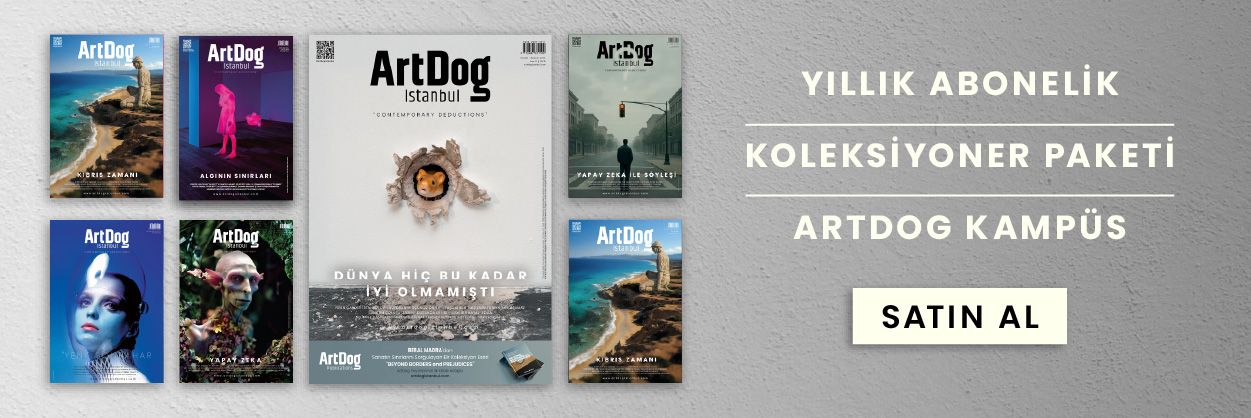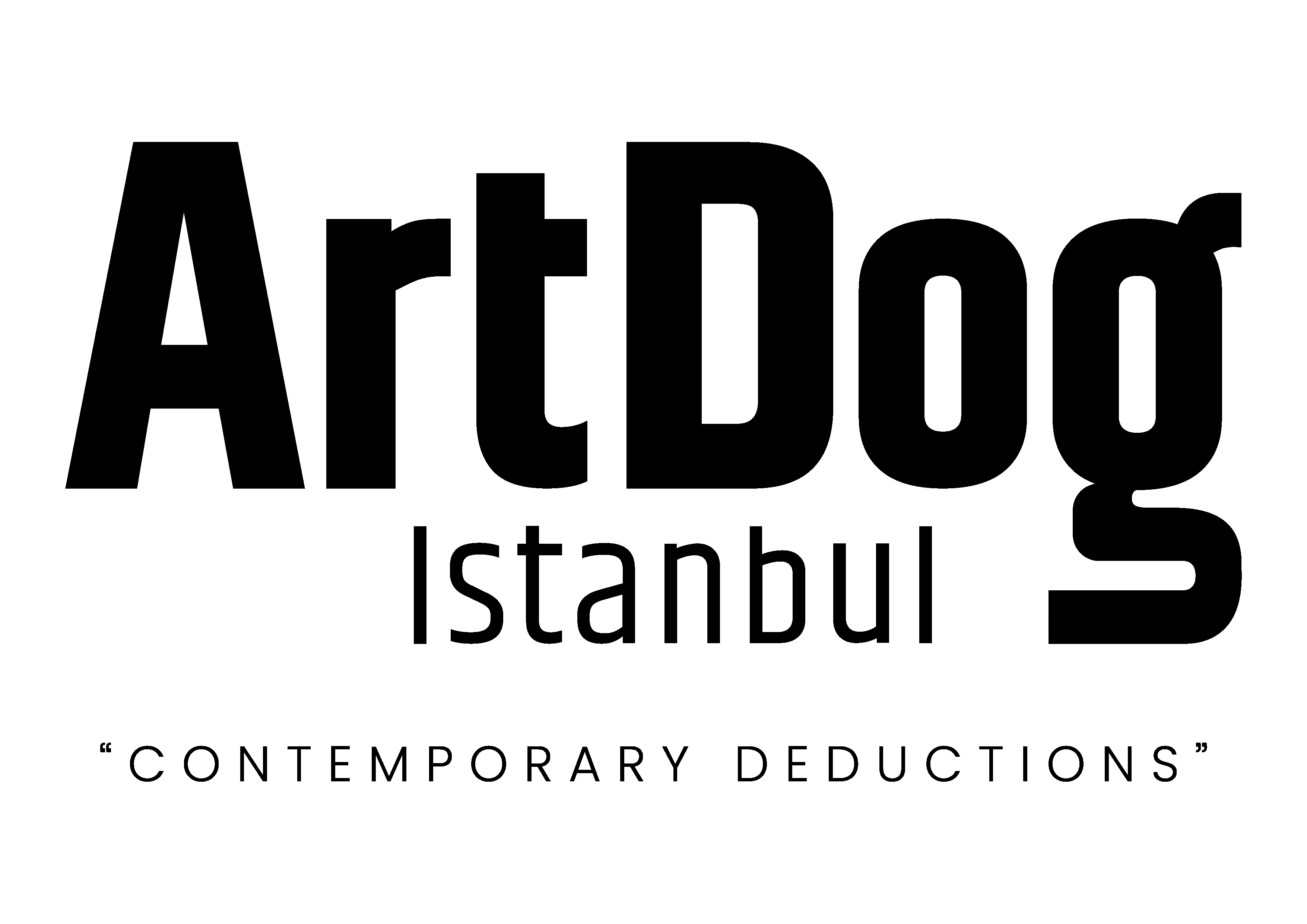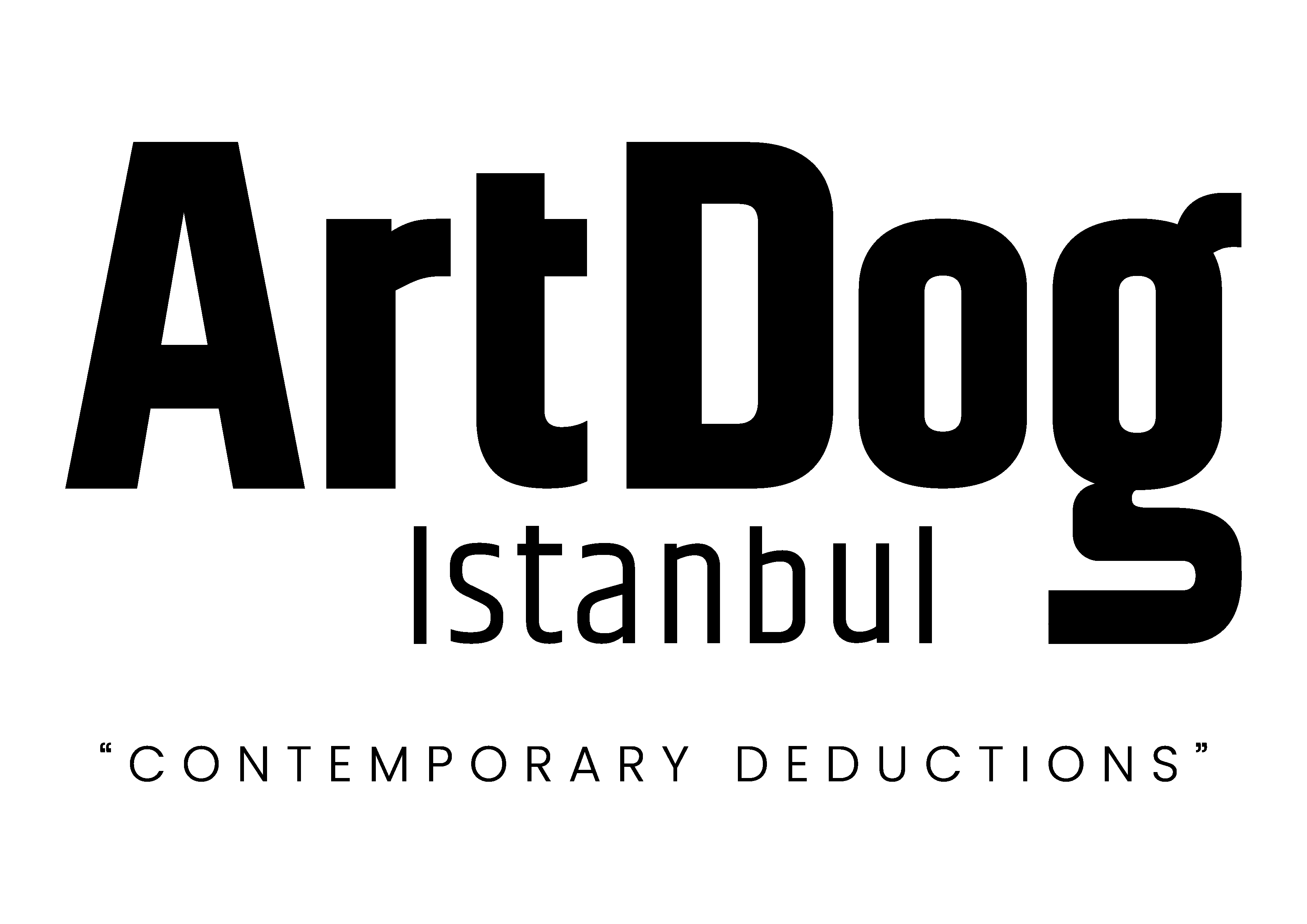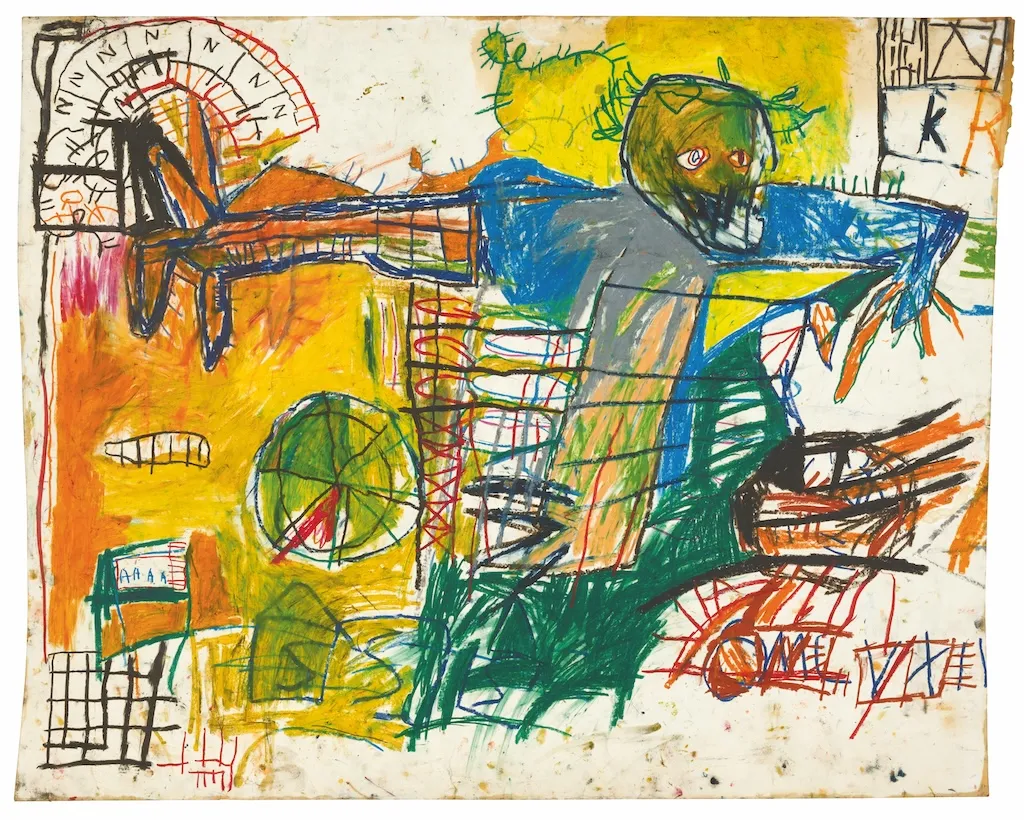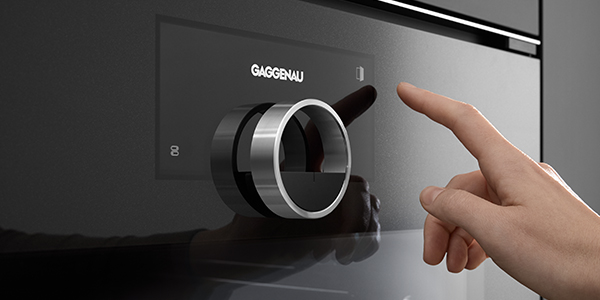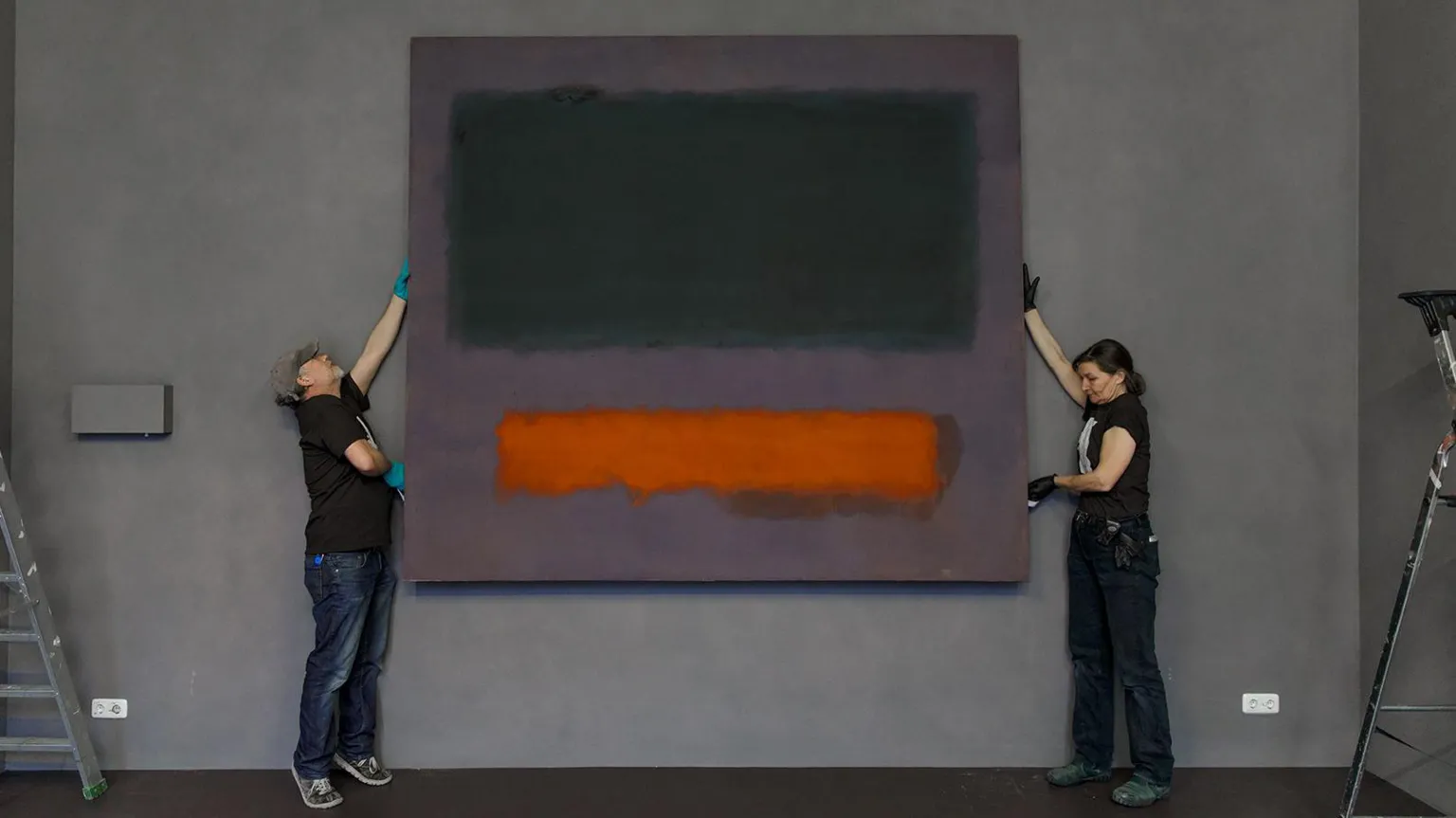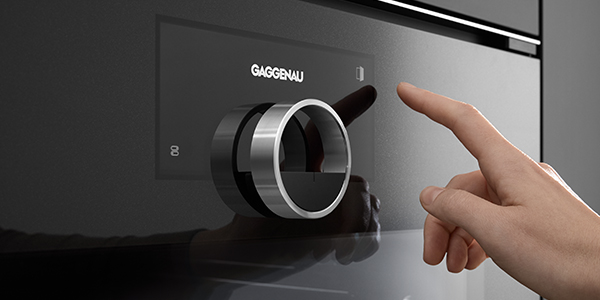A rare early painting by Jean-Michel Basquiat will headline Sotheby’s Contemporary Evening Auction in New York, carrying an estimate of $10 million to $15 million. The untitled 1981 work, unseen by the public for 36 years, was acquired in 1989 and has remained in the same private collection until now.
Created when Basquiat was just 20 years old, the five-foot-wide piece captures the raw energy and urgency of his breakout moment. The painting features a frenetic, mythic figure rendered in oilstick on paper—an image that, as curator Jeffrey Deitch once noted, exists somewhere between the street and the studio. Works from Basquiat’s seminal 1981–1983 period are particularly prized by collectors; nine of the artist’s ten highest auction prices come from these years. Sotheby’s is confident that even amid a cooling art market, a prime Basquiat will command strong interest.
Global art sales fell by 12 percent in 2023, and securing high-value consignments has become increasingly difficult. The boom years of the Macklowe and Paul Allen collections are over. However, Sotheby’s is betting that rare, long-unseen works will help drive success this season.
“With less volume in the market, you have to be more discerning and bring truly exciting pieces to capture attention—especially when people’s focus is so divided by current events,” Grégoire Billault, Sotheby’s chairman of contemporary art, told ARTnews.
Sotheby’s has built its spring offerings around three major private collections: 12 works from the estate of gallerist Barbara Gladstone, over 40 pieces from the Roy Lichtenstein Foundation, and the “Im Spazio” group of postwar Italian and American abstraction, assembled by Daniella Luxembourg.
“These works have never been seen before—completely fresh to the market,” Billault said.
Other standout lots include Lucio Fontana’s glittering Concetto spaziale, La Fine di Dio (1963), estimated at $12 million to $18 million; Robert Rauschenberg’s monumental Combine Rigger (1961), once owned by collectors Sally and Victor Ganz, estimated between $8 million and $12 million; Frank Stella’s metallic Adelante (1964), a Running V canvas deaccessioned from SFMOMA, estimated at $10 million to $15 million; and Ed Ruscha’s smoky-text piece That Was Then This Is Now (1989), estimated at $7 million to $10 million.
Would you also like a slightly shorter or punchier version, depending on where you plan to use it?

